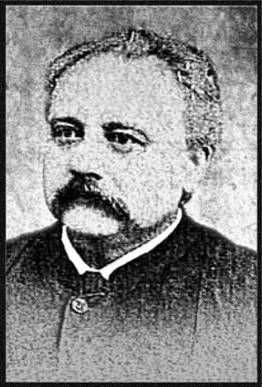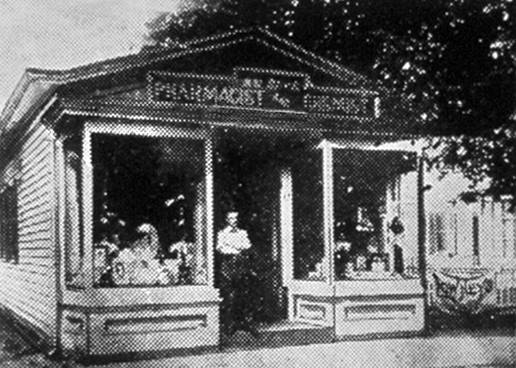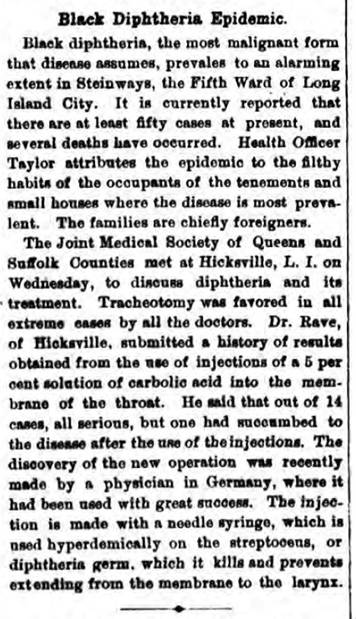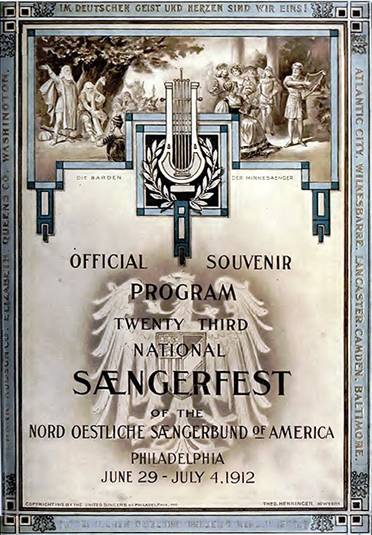Introduction
In 1866, Edward Rave - pronounced rahv·e - left his native Lower Saxony for the United States. He had concluded his studies at Georg August Universität, famous for its research into the medicinal use of plants. Now he settled in New Jersey, so that he could further his medical studies across the Hudson at NYU, while working as an apothecary. After he earned his Doctorate in 1877, he and his family relocated to Hicksville, where he would practice both as a doctor and an apothecary. As time went by, his apothecary shop would become Hicksville's Union Drug Store, and he would eventually be known as "Old Doctor Rave,"for there was now a "Young Dr. Rave," Edward's son Adolph G. Rave.
Dr. Edward G. Rave
Huntington Long-Islander, July 27, 1917
"Dedicated small town doctor" was only one of the many roles he played, for his professional qualifications were extensive, and he was in demand. This list of Dr. Rave's affiliations and appointed posts is likely incomplete:
- Health Officer, Town of Oyster Bay (Southern District)
- Chief Physician and Surgeon, Long Island Railroad
- Member, National Association of Railroad Surgeons
- Consulting Doctor, St. Mary's Hospital, Jamaica
- Fellow, New York Obstetric Society
- Professor of Obstetrics, NYU Post-Graduate School and Hospital
- Commissioner in Lunacy*
- Member, New York State Society of Medical Jurisprudence
- Vice-President, German Medical Society
- Member New York State Medical Pharmaceutical Association
- Vice-President, College of Brooklyn Pharmacy Association**
Notes:
* It is not clear from the sources I have found whether this position relates to the New York State Commission in Lunacy, or to another organization that was mandated to improve the conditions in which mental patients lived.
** Note that Dr. Rave kept a botanical garden at his home in Hicksville, in which he grew medicinal plants. Students and members of the Pharmacy Association were welcome to visit the garden and learn-first hand about growing the plants they would use in making some of their medicines.
Apothecaries or Pharmacists?
When we think of pharmacists, we picture trained, licensed professionals who are authorized to dispense medicines prescribed by doctors. They are able to advise us on potential conflicts among the medications (both prescribed and over-the-counter) which we take. That picture was not necessarily accurate in America for much of the nineteenth century. At that time, no license or training was required to sell drugs, or to call yourself a pharmacist.
However, there also were apothecaries - people who had studied, often in German schools, the scientific use of plants to make medicines. They shared their experiences and research through professional associations (e.g., in the second half of the nineteenth century, New York City alone had multiple German apothecary societies). Through these associations, apothecaries learned about standard medications which reliably treated given ailments.
At first, American pharmacists (the real ones, not the "pretenders" who just sold drugs and snake oil) were disadvantaged - the U.S. had no centuries-old universities or professional organizations to guide them. But by the late 1800s, the apothecaries and pharmacists were merging into one licensed profession. Thus, E.G Rave's Apothecary gave way to his Drug Store, which later became the Pharmacy of another son, Albert. C. Rave:

A.C. Rave's Pharmacy, formerly E. G. Rave's Union Drug
Store, northwest corner of Nicholai Street and Broadway;
part of the E. G. Rave home is visible on the right
"digitally restored" version of online image found in the
Hicksville Public Library Collection atnyheritage.org
The large lettering on the sign appears to read "Pharmacist
and Chemist." This picture must date no earlier than 1906,
as in October 1905, contractor Charles Voigt had just finished
erecting the newest thing in storefronts: plate glass windows.
E.G. Rave's entries in the annual Graduate Directory of NYU Medical list him as an Allopath - someone who used scientific, evidence-based treatments - rather than a Homeopath. He regularly studied developments in both American and German medical literature. When the need was acute, and standard treatment failed, he could be an early adopter of new treatments, as described below:

Ironically, the lives of the "foreigners" who were sick
due to their "filthy habits" were saved by an immigrant.
Yonkers Statesman, June 14, 1889
CAUTION: DO NOT ATTEMPT THIS AT HOME. INGESTING OR INJECTING CARBOLIC ACID CAN CAUSE SERIOUS AND IRREVERSIBLE ORGAN DAMAGE. THE TREATMENT COULD ONLY HAVE BEEN SAFELY INJECTED INTO A VERY SPECIFIC AREA OF THE THROAT. WE DO NOT KNOW THE DOSAGE ADMINISTERED.
*
With all the spare time he had on his hands ☺, Edward Rave was able to belong to many non-medical organizations. He was an active Mason and Knight Templar, and an Odd Fellow. He served as President of the Board of Education. He was active in the local chapter of the Royal Arcanum, and he was one of the founders of Hicksville's Citizens Protection Association. When Nassau County split away from Queens, he participated in the discussions that led to the choice of the new County Seat.
One aspect of the era's stereotype of German immigrants was that they loved music, and that definitely was true of Dr. Rave. He was part of, and at times headed, the Hicksville Sängerrunde, a traditional German male choral society. Among the many places at which it performed was Sagamore Hill, where in 1908 its members (including Dr. Rave) sang for and met President Theodore Roosevelt. More information about the local Sängerrunde, including the names of the Hicksvillians who sang for President Roosevelt, appears in the Appendix to this article.

Although not affiliated with the national Sængerbund,
the Hicksville Sängerrunde performed as an
independent group at this six-day event.
Rave also headed The United Singers of Nassau County, a group of seventy men from Hempstead, Hicksville, and Rockville Centre, which gave concerts of American as well as German songs. In 1912, it performed at the annual Mineola Fair.
***

